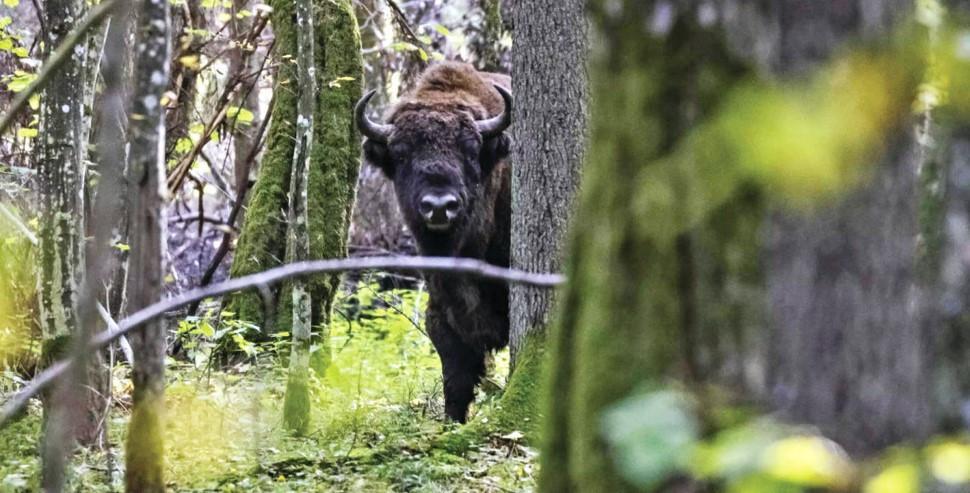
For species classified as “extinct in the wild,” the zoos and botanical gardens where their fates hang by a thread are as often anterooms to oblivion as gateways to recovery, new research has shown.
Re-wilding what are often single-digit populations faces the same challenges that pushed these species to the cusp of extinction in the first place, including a lack of genetic diversity. But without conservation efforts, experts say, chances of these species surviving would be even smaller.
Since 1950, nearly 100 animal and plant species vanquished from nature by hunting, pollution, deforestation, invasive lifeforms and other drivers of extinction have been put into critical care by scientists and conservationists, according to the findings.
While the category “extinct in the wild” was not added to the benchmark Red List of Threatened Species until 1994, the term could have applied to all of them.
Of these species teetering on the edge, 12 have been reintroduced to some degree back into the wild, according to a pair of studies published last week in the journals Science and Diversity.
Another 11, however, have gone the way of dinos, dodos and dozens of Pacific island trees, whose delicate flowers will never again grace the planet.
Recent conservation success stories, some of them heroic, include the European bison, which once roamed across Europe.
By the 1920s their numbers were so reduced that surviving specimens were rounded up into zoos and a breeding program was launched in Poland.
After reintroduction into the wild in 1952, the broad-shouldered beasts thrived and are no longer considered threatened with extinction by the International Union for the Conservation of Nature (IUCN), the keepers of the Red List.
Red wolves in North America, wild horses in central Asia and the desert-dwelling Arabian oryx have all staged comebacks with a helping human hand.
The studies show that species surviving only in controlled environments are in a kind of conservation limbo.
Of the 84 species currently with this status, nearly half have not benefitted from attempts to reintroduce them into the wild.
Most are plants, suggesting a possible bias towards reintroducing animals that might not be entirely scientifically justified.
At its most recent World Conservation Congress in 2020, the IUCN called for the reestablishment of extinct-in-the-wild species in the wild by 2030.